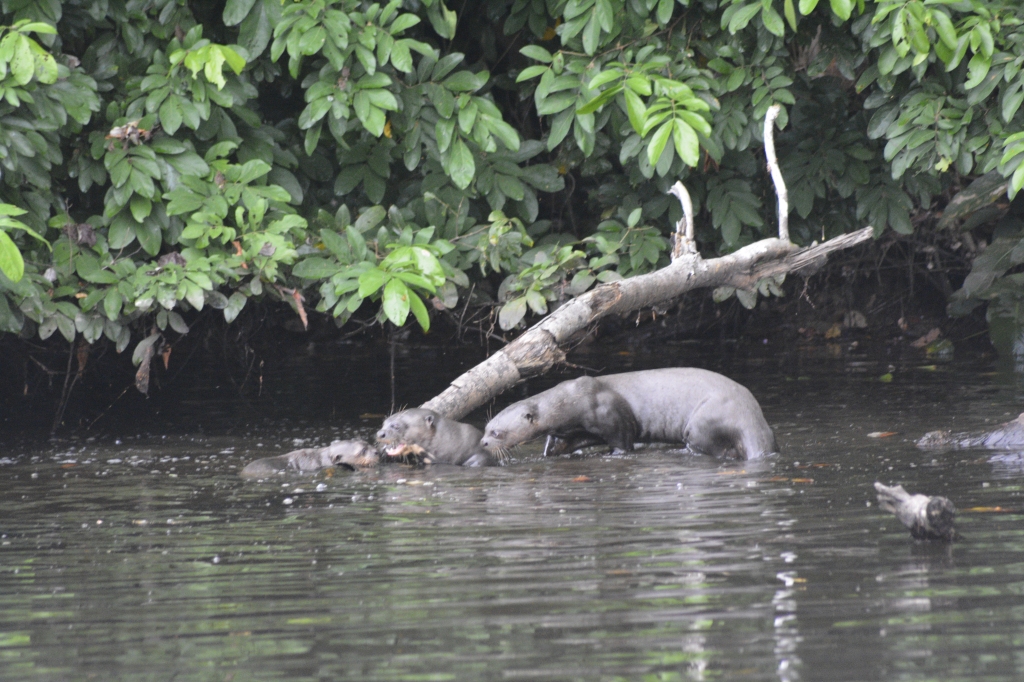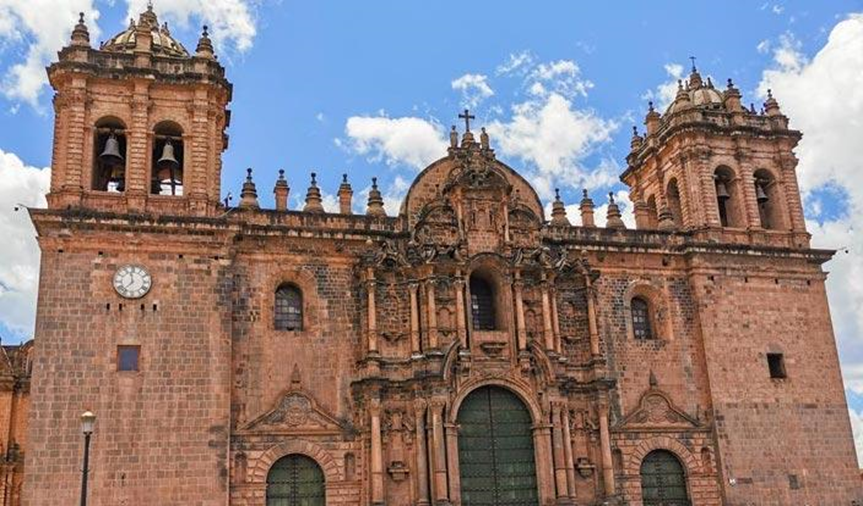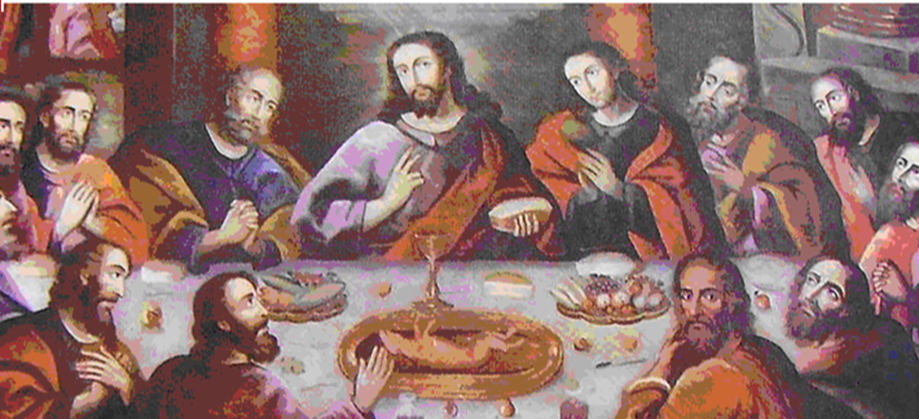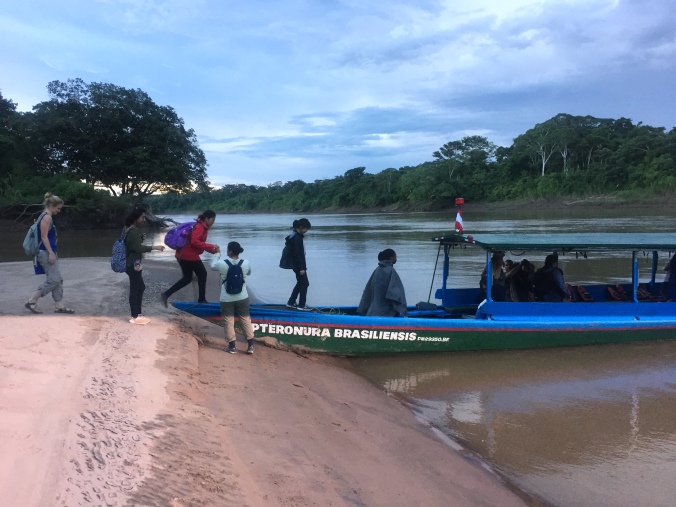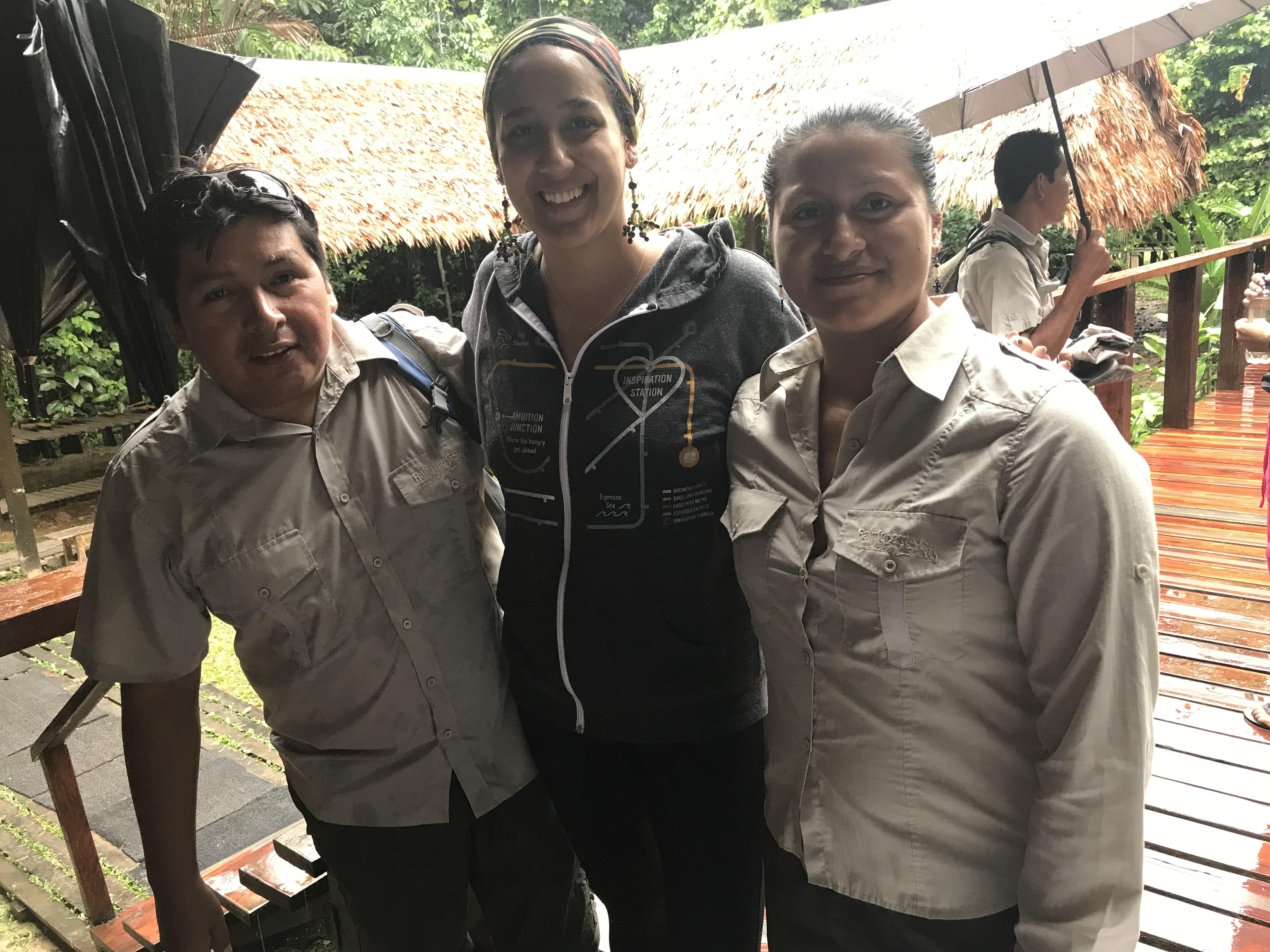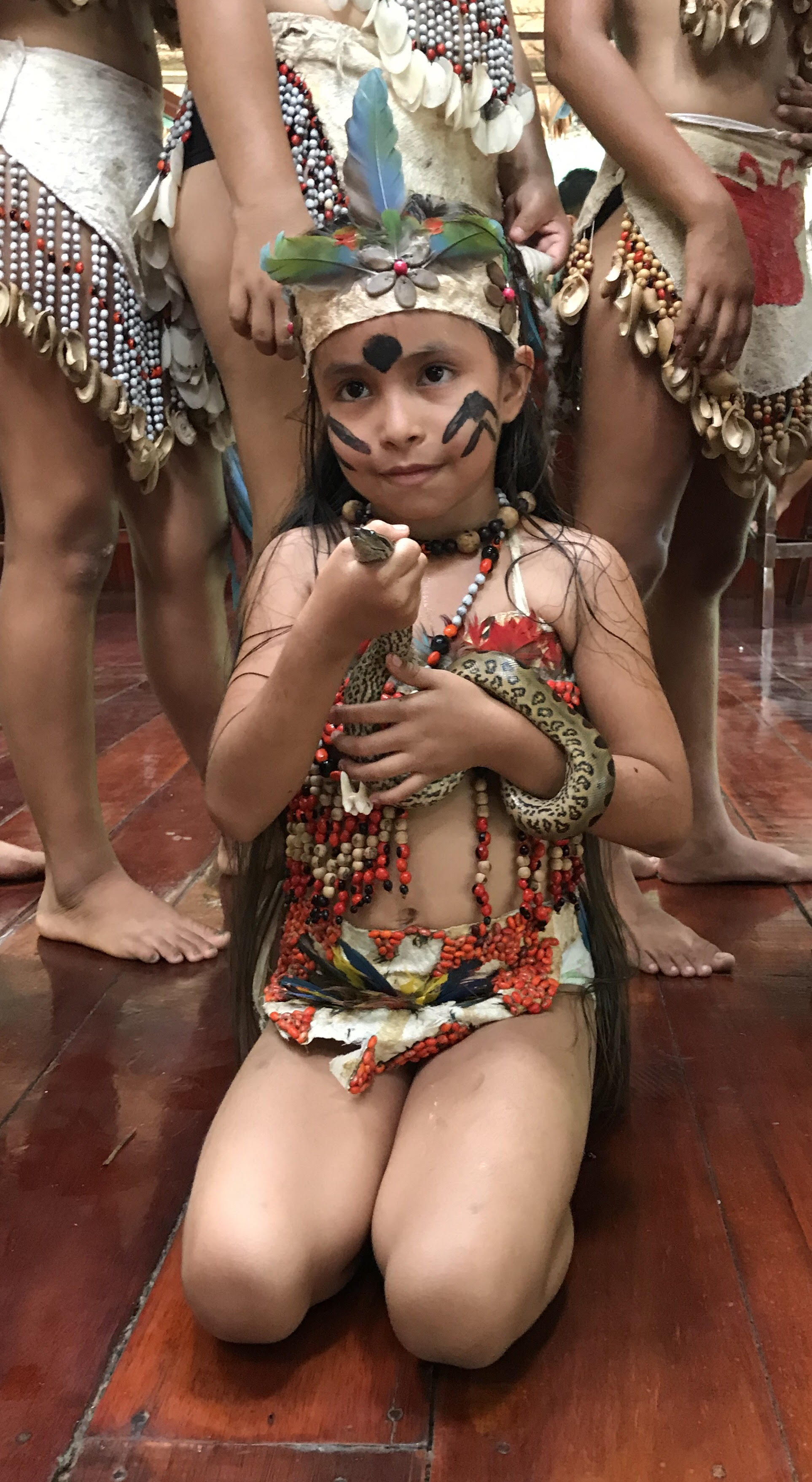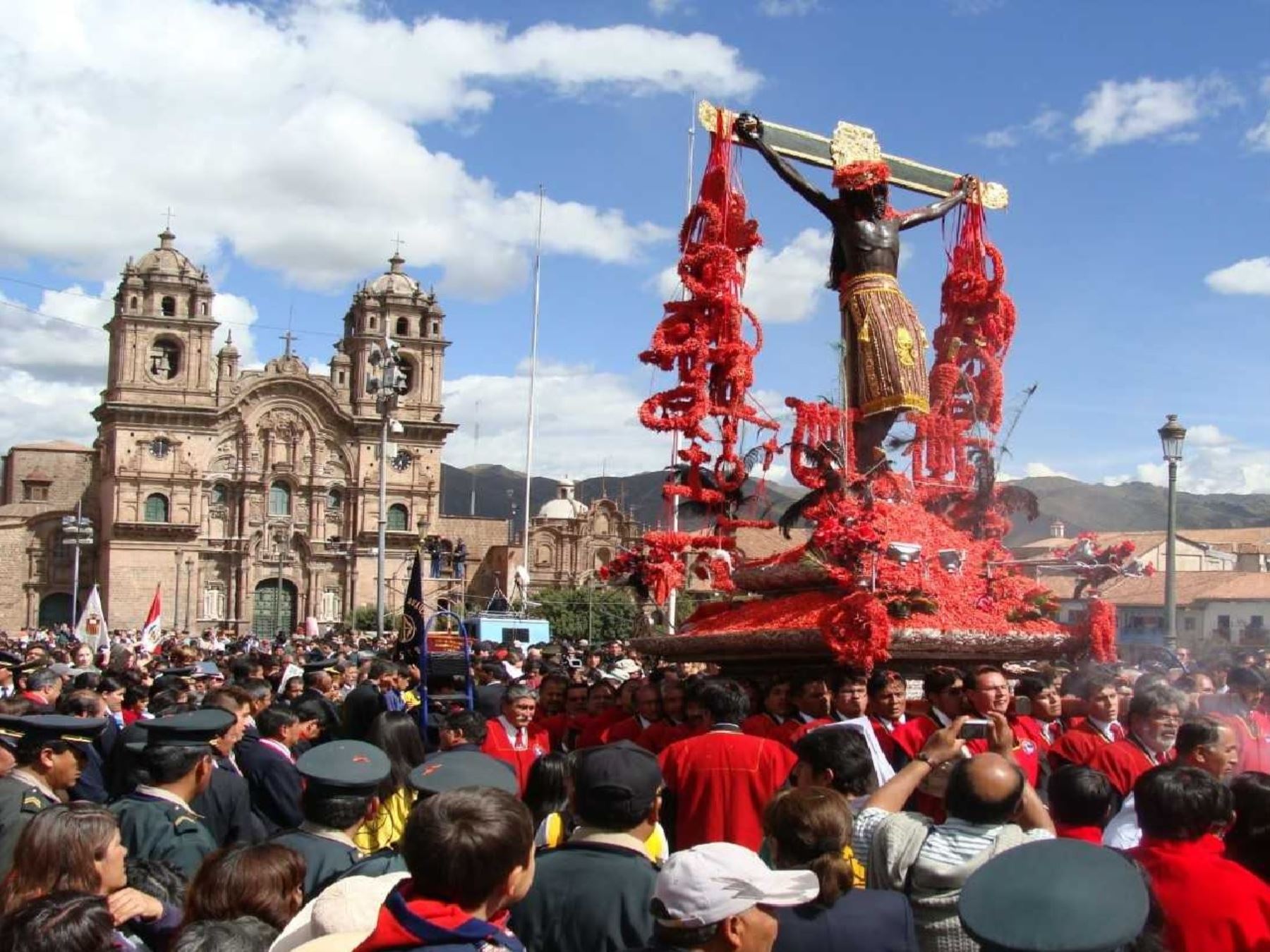Illegal Gold Mining
The Madre de Dios region of Peru is rich in biodiversity. It is also rich in gold. In the soil of the forest and riverbeds of the Madre de Dios, Tambopata, Inambari, and Malinowski rivers gold particles are abundant. The prospect of income from mining this gold has attracted a large influx of poor migrant workers from the Andes to the Amazon forest, especially to the large illegal mining area known as La Pampa, adjacent to the buffer zone of the Tambopata National Reserve. Most of the gold mining in the region is illegal and informal, unregulated by the state. But it can be profitable. When the global gold price surged in the wake of the 2008 financial crisis, mining became even more profitable, while the completion of the Inter-oceanic Highway in 2012 made these remote areas more accessible. Consequently, mining activity and the accompanying deforestation have surged, peaking in 2018. Unfortunately, the methods used to extract the gold wreak havoc on the environment, the watershed, the health of locals, and the miners themselves. And mining activities have expanded into the buffer zone, the Tambopata Reserve, and indigenous lands. In response, in February 2019, President Martín Vizcarra and 13 ministries began an unprecedented intervention in the mining areas called “Operación Mercurio 2019” with the intention of ending illegal gold mining in La Pampa and elsewhere in Madre de Dios once and for all.
Social and Ecological Problems from Illegal Gold Mining
The technique used by the miners, known as alluvial gold mining, begins with removing large areas of vegetation, usually starting along the riverbed. This contributes to deforestation, habitat and species loss, and higher levels of CO2 concentrations in the atmosphere, contributing to climate change. In La Pampa alone, up to 11,000 hectares (27,182 acres) of rainforest have been damaged or destroyed. Mercury is then used in the extraction process, contaminating the environment and local waterways. This neurotoxin has been found at unsafe levels in 9 out of 15 fish in local markets. More alarming still, 78% of residents have been found to have dangerously high levels of mercury in their blood. Women of childbearing-age are affected the worst (1).
Significant economic activity pops up around mining operations. This includes the sale and rental of mining equipment, logistical support, motorcycles, and cell phones. Other economic activities can be as innocuous as restaurants or as nefarious as child labor and sex trafficking. Women are often told they will find work in restaurants in La Pampa, only to be coerced into sex slavery upon arrival in the mining camps. Organized crime manages the industry.
The Plan (In Theory)
The Vizcarra administration and the Council of Ministries adopted a plan for intervention that entered its first phase in February of 2019. It is intended to end gold mining in La Pampa in the near term and invest in sustainable alternatives in the longer term. The formal name of the plan can be loosely translated as the “Integral Plan Against Illegal Mining in Madre de Dios.” It’s known more commonly as “Operación Mercurio 2019.”
The plan has four priorities:
- Eviction of illegal mining operations.
- Formalization of legal mining in limited areas with cleaner practices.
- Addressing social problems like human trafficking and child labor.
- Investment and development in sustainable alternative livelihoods.
There have been attempts to mitigate illegal gold mining in the past. Efforts in 2014 and 2018, for example, focused on destroying mining equipment. While encampments were destroyed, it is thought that because miners had previous knowledge of the police interventions, they temporarily removed their equipment, leaving less valuable items for destruction and returning after the interventions were over. Despite government efforts, mining actually increased during this period. The current administration wants to differentiate Operation Mercury from previous efforts not only in terms of its scale, but also by emphasizing that immediate action will be followed by long-term investment in ecologically sustainable alternatives. It will also focus on the formalization and regulation of cleaner mining practices in pre-approved areas. This will theoretically allow gold mining to continue in a limited and less destructive form while developing more sustainable industries in agriculture, aquaculture, fisheries, Brazil nut trade, and ecotourism.
The basic message from ministers like Fabiola Muñoz, who spearheaded Operation Mercury, is that this time the government is here to stay. The goal is not just to dismantle illegal mining operations and the human trafficking closely associated with it, but to support sustainable development that can provide the local people with safer livelihoods that protect the vitality of the Amazon Rainforest and the Madre de Dios and Tambopata watershed.
Nonetheless, the intervention is seen by many as a lost cause and there is good reason to be skeptical. The economy and Peruvian politics are entrenched with mining interests.
Operación Mercurio
The plan currently in motion has significant support from 13 ministries, the president, the judiciary, the office of the attorney general, and the regional and local governments of Madre de Dios. The government has allotted 500 million PEN (151 million USD) to the effort. The first phase began on February 19, 2019 and lasted 14 days. Approximately 1,200 police and 300 military personnel were deployed to evict illegal miners in the buffer zone adjacent to the Tambopata National Reserve (3). This is no easy feat, as there are around 4,500 miners working directly in the area and up to 25,000 workers in related fields. During the first 14 days, 51 trafficking victims were rescued, 80 miners were arrested, and S/53 million worth of goods were confiscated (2). A state of emergency lasting 60 days was also declared in several affected areas.
After the first 14 days, the second phase, “consolidation,” began and is expected to last 180 days total. This phase involves establishing military bases to maintain long-term police enforcement against illegal gold mining, human trafficking, and child labor. The use of force is not intended to be permanent, but is meant to maintain order during the restoration of local ecosystems and investments in sustainable livelihoods. A major part of the initiative involves formalization of artisanal mining. To be recognized as a legitimate miner, miners will have to prove they are not dealing in human trafficking, child labor, or using mercury during the process.
The plan then involves ecological remediation by planting trees in areas that are recuperable. Some tree plantations will be purposed for productive timber while others will be planted for reforestation and conservation. The local government is also considering installing solar panels on degraded lands.
Perhaps the most important focus in the plan, theoretically, is investment in alternatives. The Minister of Production, Rocío Barres, recently announced an investment of 25 million PEN (755,000 USD) in local projects related to timber, Brazil nuts, cacao, fishing, and aquaculture. PEN 8.8 million will go to the Centro de Innovación Tecnológica (CITE) and 8 million PEN (242,000 USD) will go to strengthening its infrastructure and equipment. The center is administered by the Instituto Tecnológico de la Producción (ITP). The rest of this money will go to the Fondo Nacional de Desarrollo Pesquero (FONDEPES – National Fund for Fishing Development). This will provide financial support for aquaculture up to 233,500 PEN (71,000 USD), capacity building and technical support for 340 producers, and possibly the construction of fishing docks valued at 9 million PEN (2,700,000 USD) (5).
These investments are a noble first step, but they are likely minimal compared to what needs to be done to transition from illegal gold mining to sustainable livelihoods. As this is a long-term priority and the second phase, consolidation, is still underway, it makes sense that investments in sustainable development are still in their infancy. However, it is likely that further investment in and planning of sustainable production will need to be increased and investments in ecotourism should be made as well in order to implement this plan effectively.
Systemic Obstacles
This plan, still underway, faces harsh and stubborn realities, including corruption, market forces, and the dynamic between Andean poverty and Amazonian resource extraction. These dynamics are not immovable, but they must be addressed and understood in their full complexity and power.
The economy of Peru is tied to mining interests of all types, and extractive industries account for the country’s largest exports. Consequently, there is a powerful incentive for politicians to appease these industries. Coziness between government and mining interests manifests at national, regional, and local levels. The last two presidents were ousted from office under accusations of corrupt dealings with the Brazilian mining company, Odebrecht. The opposition Fujimori family, who have a decidedly pro-mining agenda and a history of supporting state-sponsored violence, wields significant power within Congress. Also, illegally mined gold often ends up in the international market through legal mining operations that launder the gold. Thus, it is apparent that corruption and market incentives are a strong force.
Given these stubborn power dynamics, it may be surprising that there is such an unprecedented push by the current administration and ministries to crack down on illegal gold mining and invest in sustainable alternatives. However, given the increased severity of mining’s local effects, the recent surge in perceived urgency of climate change due to the UN’s recent IPCC report, and the importance of rainforests to carbon sequestration, perhaps it is not so surprising. If this effort is to have any degree of success in the face of corruption and market pressures, ministers have to be resolute in their ongoing support, including military force and continuous investment and technical support. Government officials will have to execute the plan despite significant pressure.
Another systemic obstacle is poverty among local populations in the Andes and the Amazon. While the Peruvian government has made great strides in increasing access to schools and healthcare in mountainous regions, poverty and malnutrition are still major problems. Because of this, people seek work in the Amazon in order to maintain a better quality of life. Thus, stemming poverty and malnutrition, already an intrinsic end in itself, is also instrumental in stopping the supply of labor to gold mining sites.
This reveals a potent weakness in the plan against illegal mining that should be addressed. The plan currently appears to focus on economic development in the Amazon. Attempting to offer sustainable and more healthy alternatives in the area directly affected by mining is of course a positive step, but it does not address the issue at its source. The increased labor for mining is largely a secondary effect of poverty in the Andes. Thus, it is reasonable that investing in sustainable production in the surrounding Andean communities may be just as vital, if not more so, than in the Amazon.
A Path Forward
Stemming illegal gold mining and the environmental, health, and social problems that come with it is a difficult task. Past interventions based mostly on force have failed to produce lasting changes. The current intervention is different in that it includes development of long-term sustainable alternatives in addition to force. The near-term goals of shutting down local mining and rescuing victims of trafficking and child labor appear to be being reached in some capacity. However, declaring a 60-day state of emergency raises ethical questions as certain civil liberties are curtailed.
Formalizing mining is a realistic step, because gold mining will not completely disappear overnight. However, it can only happen if the process is simple enough for the average artisanal miner to complete. The proposed new rules, if properly enforced, would help quite a bit — no human trafficking, no child labor, and no mercury. In light of these rules and the emphasis on formalization, the extended use of military occupation in the region appears more warranted. Permitting limited gold mining in nearby regions will only shift the same problems to a different area if there is not strict enforcement. After previous short-term interventions, these problems have only increased. There seems to be sound logic for establishing military bases in the medium term alongside mining formalization, ecological restoration, and rescuing victims of human trafficking and child labor. Whether the military and police force respect human rights during the state of emergency remains to be seen. If they do not, it is not only wrong in itself, but it also puts in jeopardy the legitimacy of Operation Mercury as a whole.
The investments in sustainable timber, Brazil nuts, and fisheries in Madre de Dios demonstrate early commitment to later parts of the plan, but they are not enough at present. If these investments are merely the first of many more significant investments, then there is a better chance they will have the intended long-term effects. It will take significant planning, effort, and funding to transition to sustainable alternatives, so national and local governments should continue to invest accordingly. Investments in ecotourism will also improve conservation efforts and perhaps detract from gold mining labor.
Overall, the more difficult systemic obstacles pose the greatest threat to this plan’s success. Continuing with the plan in spite of pressure from wealthy mining interests will be a major key to success. Also, investment in sustainable production in the local Andean regions would improve the plan because it is poverty that drives people from the mountains to the jungle for gold. If their quality of life is supported and improved through increased opportunities in their communities, there will be less incentive to move to the jungle to work in dangerous mining operations.
By Stephen Leas
References
1. https://www.amazonconservation.org/pdf/gold_mining_fact_sheet.pdf
2. https://peru21.pe/amp/peru/madre-dios-inician-segunda-fase-operacion-mercurio-2019-mineria-ilegal-463719
3. https://www.gob.pe/institucion/mininter/noticias/25760-gobierno-inicia-operacion-sin-precedentes-contra-la-mineria-ilegal-en-madre-de-dios
4. Interview with Min. Fabiola Munoz http://www.actualidadambiental.pe/?p=54623
5. https://www.gob.pe/institucion/produce/noticias/26595-produce-invertira-mas-de-s-25-millones-en-madre-de-dios-para-los-sectores-de-pesca-acuicultura-y-produccion
Dallas link, companies https://www.dmagazine.com/publications/d-ceo/2017/october/dallas-links-gold-smuggling-scheme/
NBC https://www.nbcnews.com/news/amp/ncna973551
Peruvian News https://rpp.pe/columnistas/pedrosolano/mineria-ilegal-la-pampa-es-tambien-el-peru-noticia-1182796
